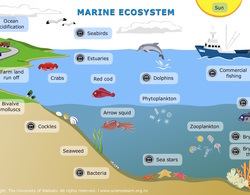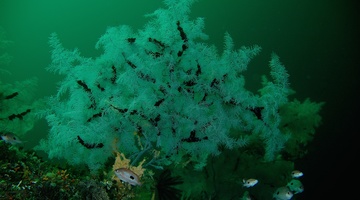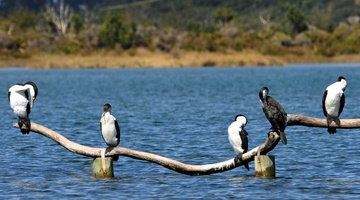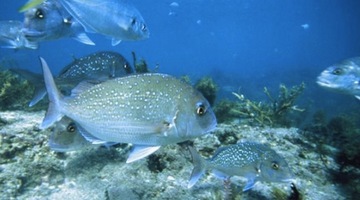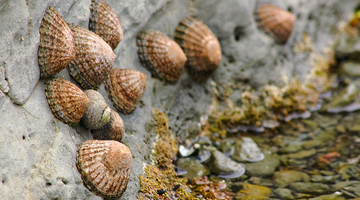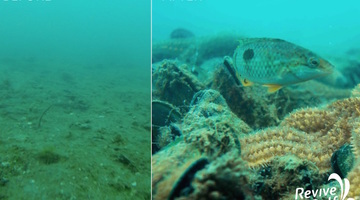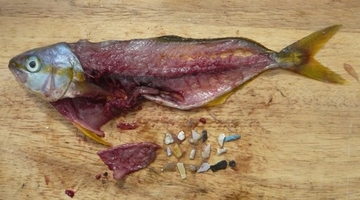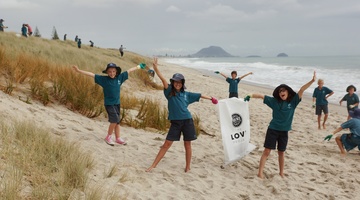Click to add note
Click to add note
Click to add note
Click to add note
Click to add note
Click to add note
Click to add note
Click to add note
Click to add note
Click to add note
Click to add note
Click to add note
Click to add note
Click to add note
Click to add note
Click to add note
Click to add note
Click to add note
Click to add note
Click to add note
Click to add note
Click to add note
Click to add note
Kaitiakitanga o te moana – a context for learning curates resources with a biodiversity focus. They are underpinned by aspects of tikanga and mātauranga Māori.
